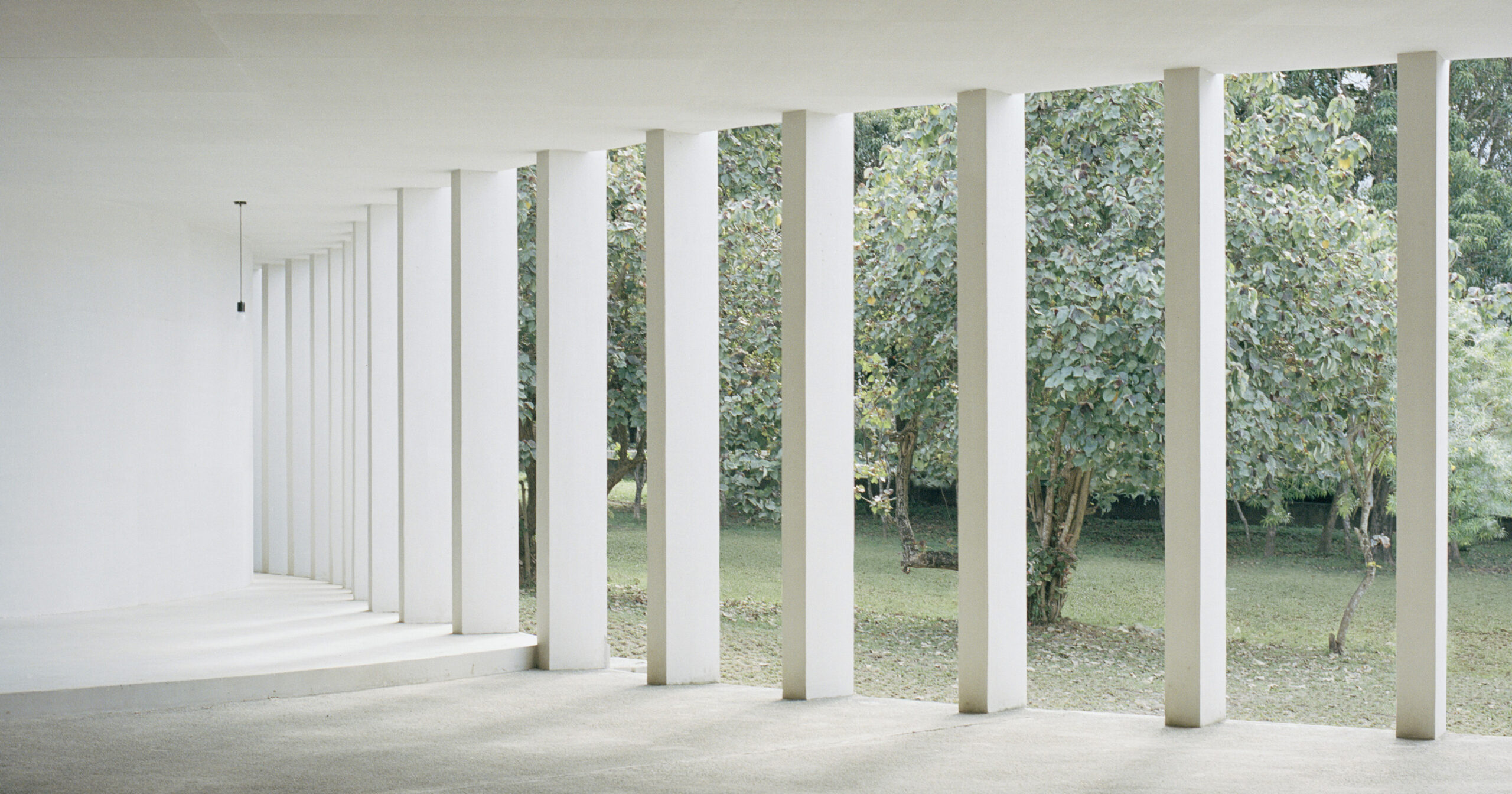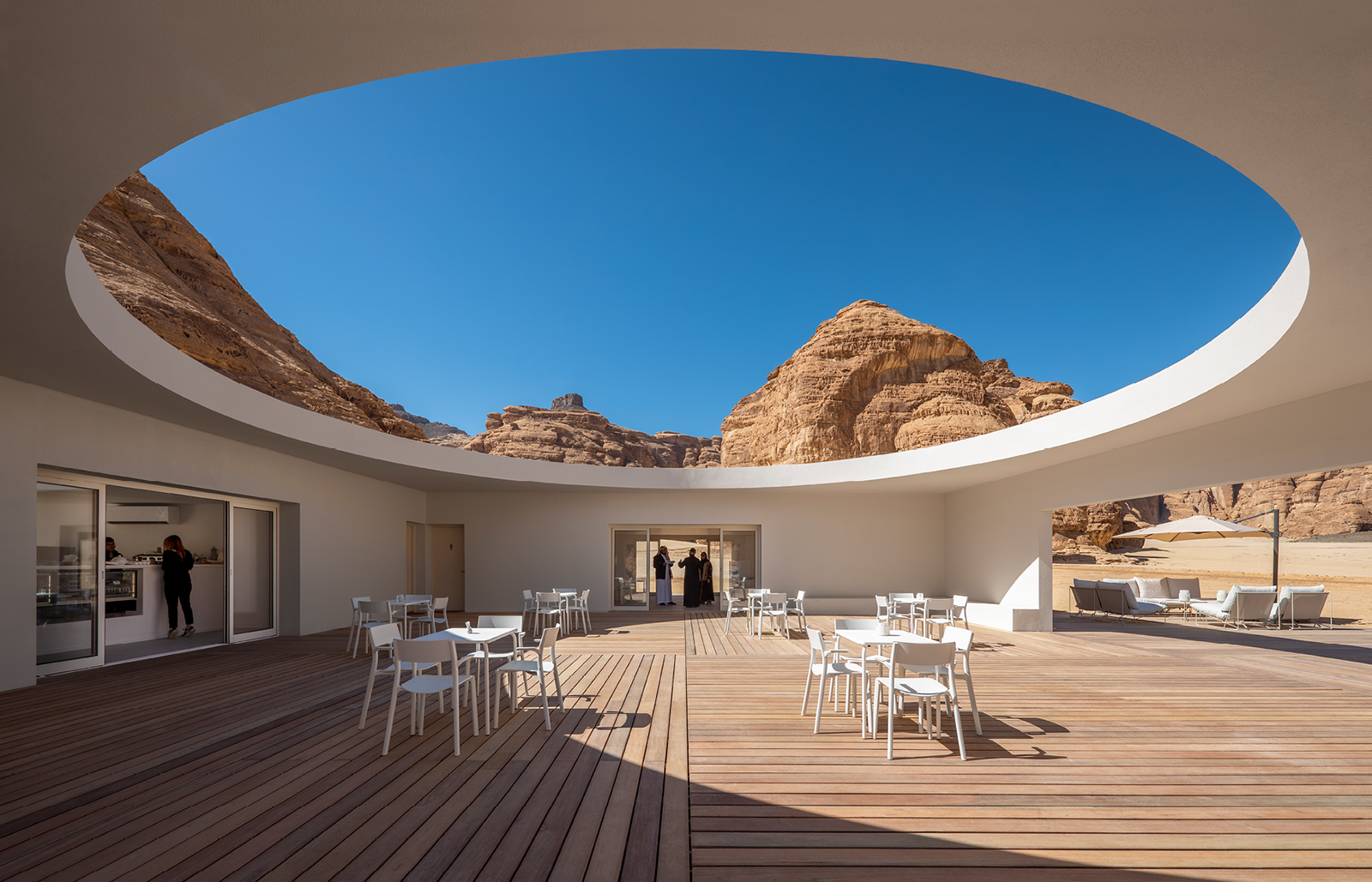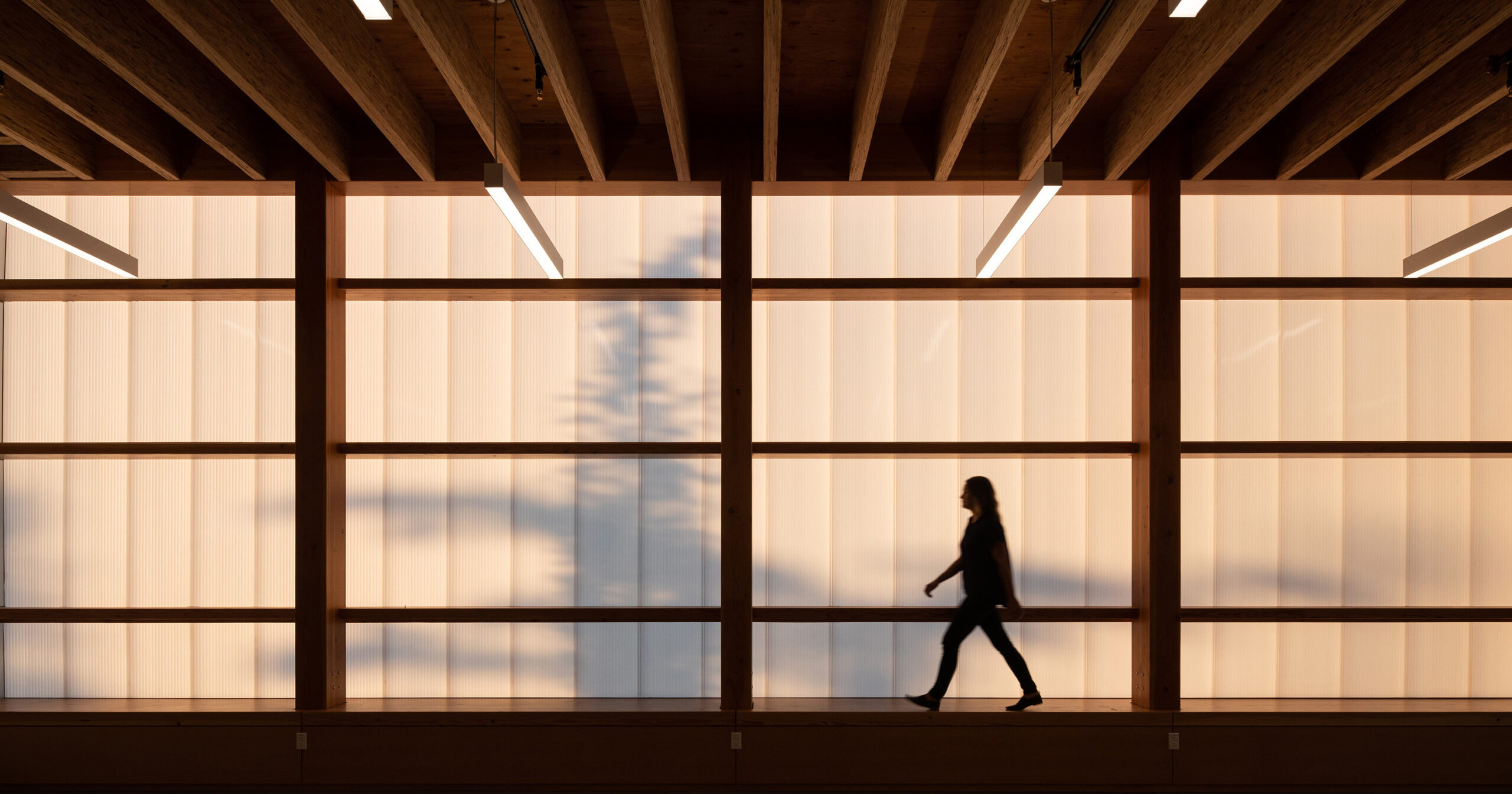Call for entries: The 14th Architizer A+Awards celebrates architecture's new era of craft. Apply for publication online and in print by submitting your projects before the Main Entry Deadline on December 12th!
What does it mean to experience a work of art so immersive that the boundaries between artistic disciplines become indistinguishable? This question lies at the heart of the concept of “gesamtkunstwerk,” a term that has intrigued and inspired architects and designers for over a century. Coined by the composer Richard Wagner, gesamtkunstwerk refers to a “total work of art” — a creation where every element is meticulously designed to be part of a grand, unified whole.
At its inception, gesamtkunstwerk was Wagner’s rebellion against the fragmented nature of modern art. He envisioned a seamless blend of music, theater, visual arts and architecture to craft an all-encompassing sensory experience. This idea did not remain confined to the performance arts but quickly permeated the realms of architecture and design. It suggested a utopian ambition where space, form, and content could coalesce into an experience transcending traditional art forms and aimed to engage the observer fully and create harmony between the environment and the individual.
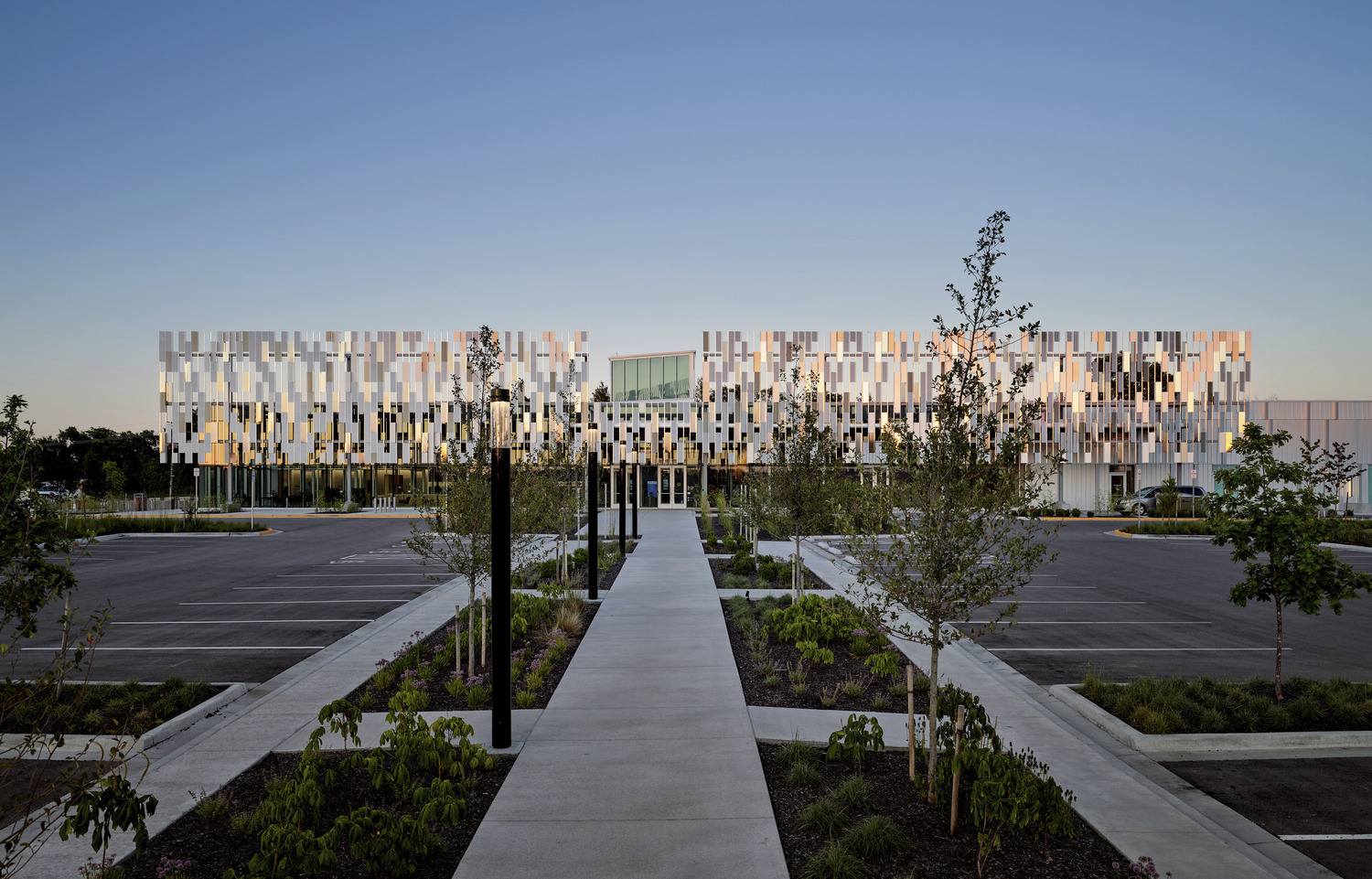
The repurposed building is a story of transformation and community improvement. Evolving from a grocery store to eye-catching public library. Indian Creek Library by Multistudio, Olathe, KS, United States. Popular Choice Winner, 11th Annual A+Awards, Institutional-Libraries. Photograph by Michael Robinson.
Today, the resonance of gesamtkunstwerk is seen in the interdisciplinary collaboration of crafting spaces. It beckons designers and architects to think beyond function and to equally consider the visual and emotive influence architecture can hold. Gesamtkunstwerk is a design philosophy that intertwines the function and the artistry in equal measure and, in so doing, elevates our interaction with the built environment.
The term gesamtkunstwerk may have first found voice through Wagner’s artistic musings, but the roots of the concept stretch into a rich historical soil, where various art movements exist. It was during the rise of Art Nouveau, an era marked by a quest for breaking the mold of academic art, that gesamtkunstwerk truly found its stride. Architects and designers like Charles Rennie Mackintosh and Victor Horta, armed with the spirit of innovation and integration, began crafting buildings and interiors where every detail echoed a harmonious design language. This era signaled a pivotal shift from viewing buildings as mere structural entities to celebrating them as living embodiments of art, where every joint, window and staircase was part of a comprehensive narrative of beauty and functionality.
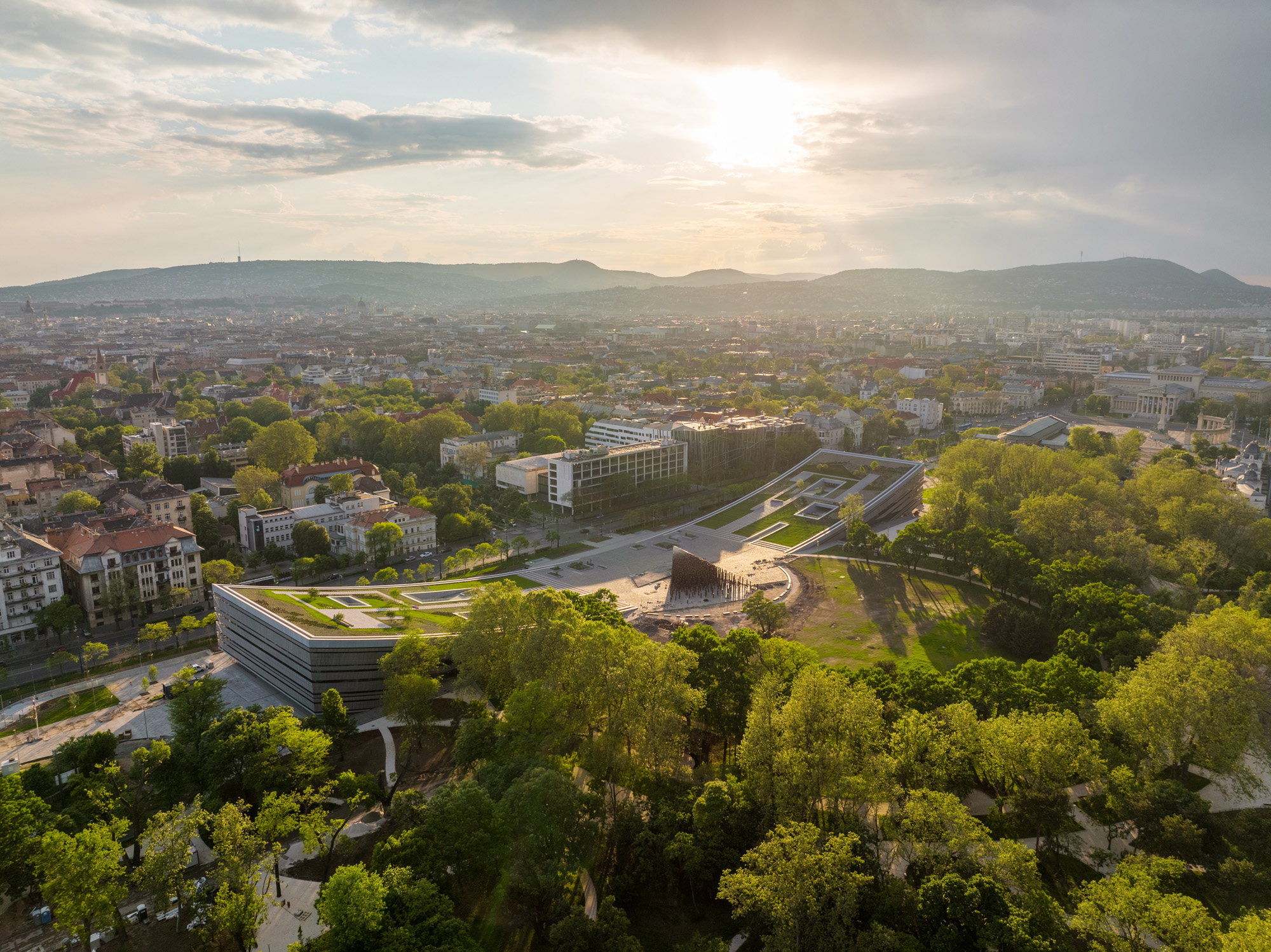
Reminiscent of two intertwined hillsides, consisting of nearly half a million metal grid ethnographic motifs, the stunning purpose-built museum was designed with maximum consideration for function while showcasing world-class aesthetics. Museum of Ethnography by NAPUR Architect Ltd., Budapest, Hungary | Popular Choice Winner, 11th Annual A+Awards, Cultural-Museums | Photo by Palkó György
As the concept of gesamtkunstwerk transitioned from theory to practice, its evolution was marked by a profound question, “How could individual artistic disciplines converge within a single form — a building?” The idea matured beyond Wagnerian operatics and aligned with the ethos of the Bauhaus school, where the fusion of art, craft, and technology was not only encouraged but was foundational. Walter Gropius, the school’s founder, championed the notion that good design should be accessible to the masses, thereby recalibrating the gesamtkunstwerk concept with a democratic edge. This was a move away from the ornate individualism of Art Nouveau to a more utilitarian yet aesthetically inclusive approach, where the beauty of an object lay in its function and its relationship to the whole.
Bauhaus sought to erase the hierarchies that separated fine arts from applied arts, proposing a radical rethinking of the creative process. Design was no longer about embellishment; it was about the totality of experience, the interplay of light, space, and material, and the social context in which art is both produced and received. This evolution reflects a deeper cultural shift towards interdisciplinary collaboration and a holistic approach to creation, one that continues to challenge and inspire contemporary architectural practice.
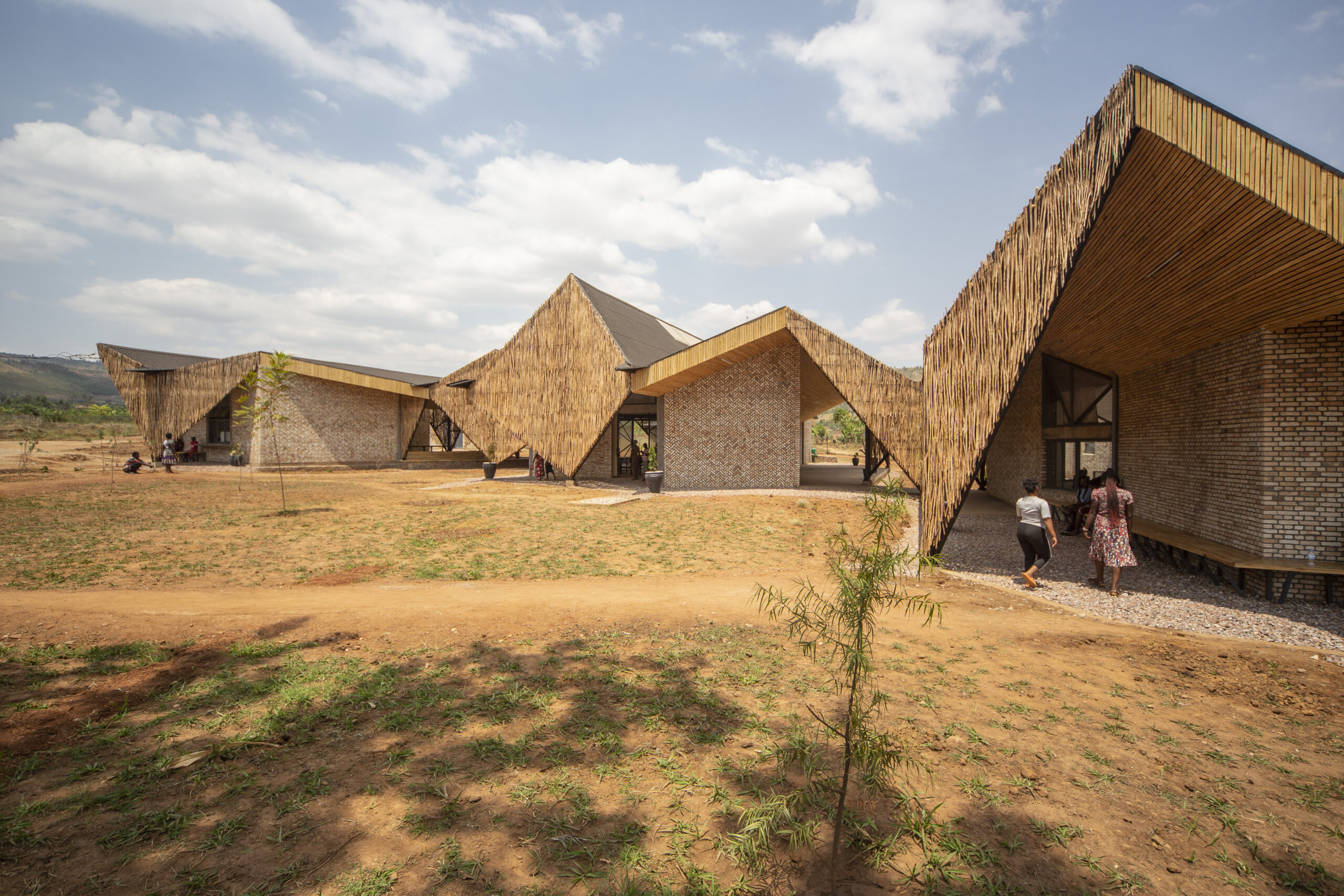
Roof forms of woven eucalyptus provide much-needed shade while inspiring the community to stand strong and have courage.
Komera Leadership Center by BE_Design, Rwanda | Popular Choice Winner, 11th Annual A+Awards, Institutional-Community Centers | Photo by Bruce Engel
Although many architects have adopted this approach to design, venturing off the well-trodden path, we find studios like BE_Design, whose approach embodies the essence of gesamtkunstwerk through a deep integration of local craftsmanship, materials, and an almost spiritual consideration of space. Their project like the Komera Leadership Center, are built in close dialogue with the surrounding environment and culture, creating a seamless blend of indoor and outdoor spaces. The use of traditional techniques and natural materials sourced from the project’s immediate locality, emphasizes an organic connection to place and community, allowing the architecture to emerge as a living extension of its environment.
Similarly, the work of CAZA, offers a distinct narrative on gesamtkunstwerk with a strong emphasis on cultural continuity and and a place of belonging. Their Sanctuario De La Salle is a poignant example, that is refreshingly new and unexpected. An aggregation of different shapes, consisting of vertical slats has a strong connection to the surrounding woodland and offers a spatial experience that is more than the sum of its parts, much like individuals coming together to create a community bound by faith and common mission.
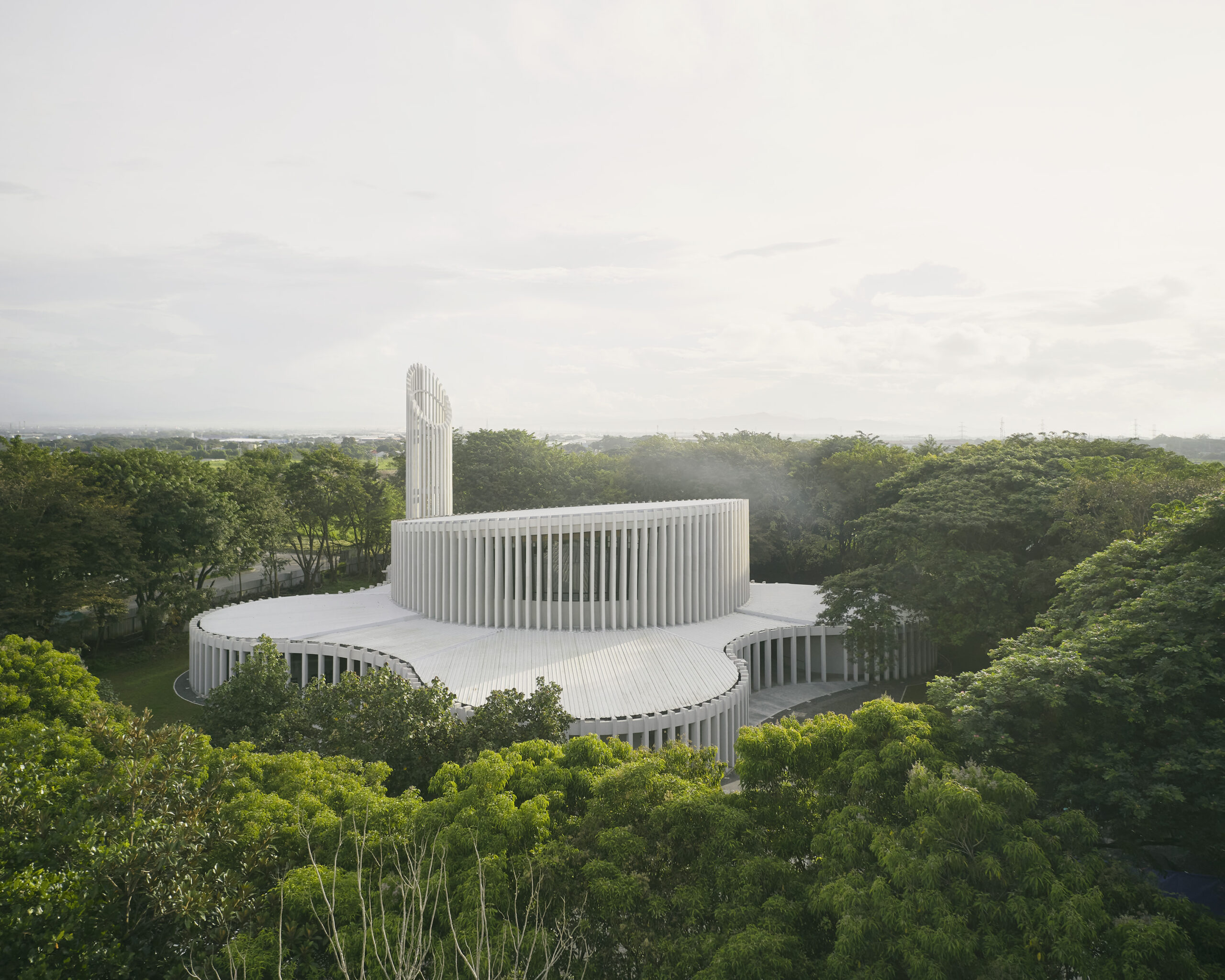
A departure from the traditional form of a church, amorphous and mysterious, the spiritual sanctuary is a spatial journey that gives physical form to the idea of participating in a community of faith. Sanctuario De La Salle by CAZA, Biñan, Philippines | Jury Winner, 11th Annual A+Awards, Cultural-Religious Buildings & Memorials | Photo by Roy Gardiner
These architects and their creations challenge the notion of gesamtkunstwerk in contemporary practice by integrating regional identity, sustainable building practices and a reverence for the artisanal. They remind us that a total work of art need not shout its presence but can whisper its narrative through a language of intimacy with its context and culture.
The principle of gesamtkunstwerk in architecture is not merely about an aesthetic that pleases the eye or an environment that satisfies functional needs; it’s about creating a space that resonates with the community’s heartbeat.
The gesamtkunstwerk philosophy can be critiqued for its potential to engender environments that are meticulously curated down to the last detail, possibly leading to spaces that feel more like museums than habitats conducive to the daily churn of human activity. The concept is rooted in an idealistic vision of design where every element is in its proper place. Still, life is inherently dynamic and often thrives on the spontaneous and the serendipitous. This raises the question of whether the architect’s role is to prescribe a comprehensive aesthetic experience or to provide a canvas on which the occupants can paint their own stories.
Whatever your take, it’s clear that the philosophy of gesamtkunstwerk continues to be a critical arm of architectural thinking, and the theory has the power to evolve just as radically as the architects who adopt it.
Call for entries: The 14th Architizer A+Awards celebrates architecture's new era of craft. Apply for publication online and in print by submitting your projects before the Main Entry Deadline on December 12th!
